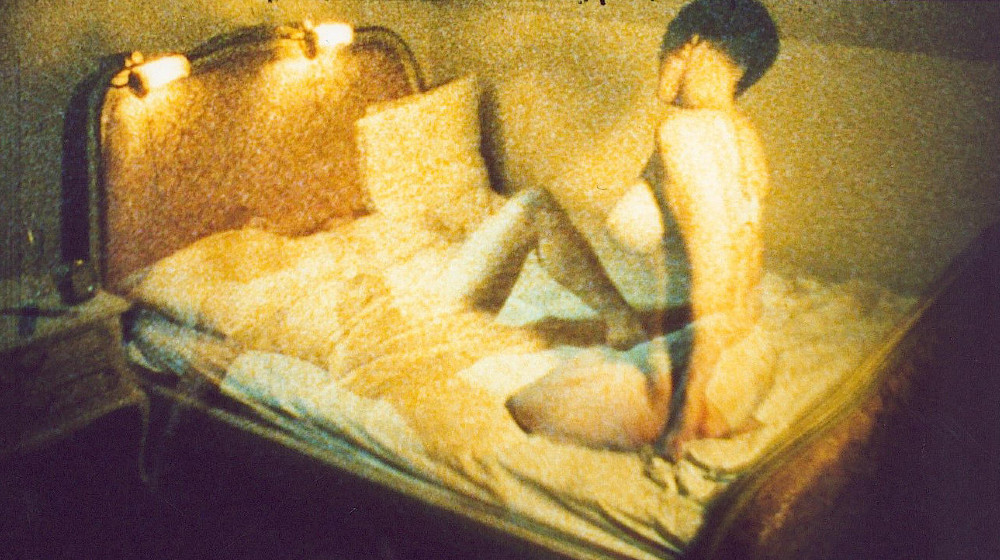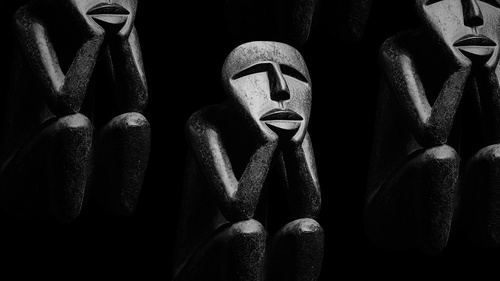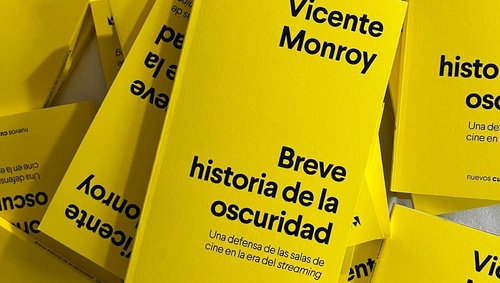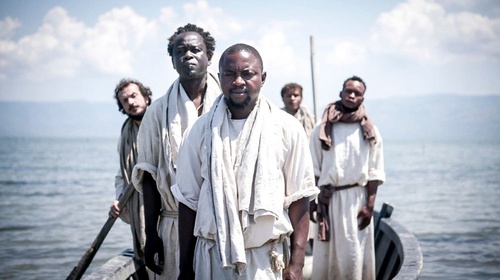Xcèntric 2020
Vitesse Women
Audiovisuals
This session brings together various films, made by women and about women, that examine the formal connections between the medium of film and its most intimate motivations, questioning the usual harmonic structures and ideological and political perceptions associated with the representation of women’s bodies. The introduction of this organic, impulsive background in producing the film structures led them to rethink the cinematographic experience, freeing up the plastic and material components of the images (grain, colour, light, movement, rhythm, editing, etc.) from any figurative or narrative context. Double, anamorphic, rhythmic and voluminous images that are often positioned on the perceptive threshold and open the way to another kind of reception, close to jouissance.
Before devoting herself to ethnographic work in Central Australia and to the anthropology of perception, Barbara Glowczewska shot several experimental films in Paris in the 1970s. At that time, with the experiments of the Paris Film Coop created by Claudine Eizykman, French experimental film was flourishing. In fact, the anthropologist decided to study cinema after seeing Eizykman’s Vitesse Women (1974), one of the most important films of French avant-garde cinema, and enrolled at the university where she taught, along with Deleuze and Lyotard. Eizykman’s course on “cinematographic energy” and her book La jouissance-cinéma, based on Lyotard’s notion of acinema, stimulated her students, including Glowczewska, both theoretically and visually, leading them to carry out perceptive experiments that created kinetic movements capable of shaking up the world and revealing its heterogeneity.
In addition to presenting some films by Barbara Glowczewska, made in the years when she was Claudine Eizykman’s student, and the works by her teacher that influenced her the most, the session begins, by way of introduction, with a piece by the Austrian visual artist Kerstin Cmelka, With Me, presenting the micro-action of a woman going to bed, shot in silent 16 mm with multiple exposures, in the style of early cinematography. This micro-action and its ghostly traces work like a dream that allows the intimate and impulsive to return in secret and disrupt the images.
With Me, Kerstin Cmelka, 2000, 16 mm, silent, 3 min; Gros Loup, Barbara Glowczewska, 1976, 16 mm to digital, silent, 6 min; Cabane, B. Glowczewska, 1977, 16 mm, silent, 3 min; Miradwie, B. Glowczewska, 1976, 16 mm, silent, 21 min; V.W. Vitesse Women, Claudine Eizykman, 1972-74, 16 mm, silent, 36 min; L’autre scène, C. Eizykman, 1969-72, 16 mm, 6 min Maladie d’amour, B. Glowczewska, 1977, 16 mm to digital, silent, 6 min.
Copy of Cmelka’s film courtesy of Sixpackfilm. Copies of Glowczewska’s and Eizykman’s films courtesy of Cinédoc Paris Films Coop.
A programme by Celeste Araújo and Oriol Sánchez.
Read the programm notes here.
Directors: Kerstin Cmelka, Barbara Glowczewska, Claudine Eizykman
This activity is part of Xcèntric 2020



